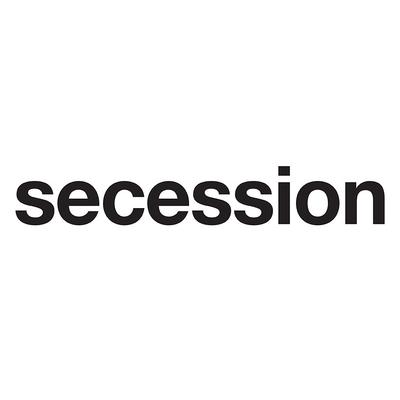Verbindung zu esel.at
TUE GREENFORT: MEDUSA
Mit der Inszenierung einer Kaviarbar im ehemaligen Café der Secession thematisiert Greenfort die Zusammenhänge zwischen Kaviarhandel – ein äußerst lukratives Geschäft, kostet ein Kilogramm Beluga Kaviar doch bis zu 7.000 Euro – und der existentiellen Gefährdung des Belugastörs. Einer UN-Konvention zum Artenschutz des Belugastörs (Huso Huso) zum Trotz scheint der Wildfang sich jeder Kontrolle zu entziehen – zum Preis des drohenden Verlusts einer der ältesten Arten überhaupt. Diese Entwicklung stellt Greenfort zu einer Vorstellung von Luxus und Wohlstand in Beziehung wie zur Kulturproduktion, nämlich der Idee von Kunst als Luxusgut und Marktwert gegenüber autonomer künstlerischer Arbeit. In Zusammenarbeit mit dem WWF Österreich und dem Bundesministerium für Finanzen konnte der Künstler vom Zoll beschlagnahmten Kaviar bekommen, der als Readymade präsentiert wird. Eingebettet in eine Narration zur Geschichte des vorindustriellen Störfangs anhand historischer Fotografien wird diese (im doppelten Sinn) schützenswerte Ware zur Schau gestellt.
In einem anderen Projekt, das Tue Greenfort speziell für die Secession in Kooperation mit dem Schmetterlingshaus Wien entwickelt hat, rückt der Künstler die Bedrohung von Artenvielfalt als Folge einer strukturellen Veränderung von Lebensräumen durch zunehmende Monokulturen in den Mittelpunkt.
* *
PIOTR UKLANSKI - A RETROSPECTIVE
September 20 – November 18, 2007
In his photographic works, collages, sculptures, and installations, Polish artist Piotr Uklański uses stereotypical motifs and strategies from pop culture, art, and cinema to address issues of cultural identity and authenticity.
Uklański has a reputation for a certain insolence with regard to the way he plays with audience expectations, the way he not only uses strategies of selfpromotion and marketing but also draws on them for fundamental aspects of his conceptual work, and the way he coopts references. He starts with pictures that are already bankrupt, hackneyed, and hollow and proceeds to totally destroy them. He recycles visuals, concepts, and clichés—landscapes, sunsets, Hollywood, great artists, collectors, curators—and gives them a new presence, both crass and seductive, precisely by questioning the politics of different visual worlds. But it would be wrong to describe his approach as either critical or affirmative. These categories will not stick to his perfect surfaces, just as they won’t stick to the works of Jeff Koons.


